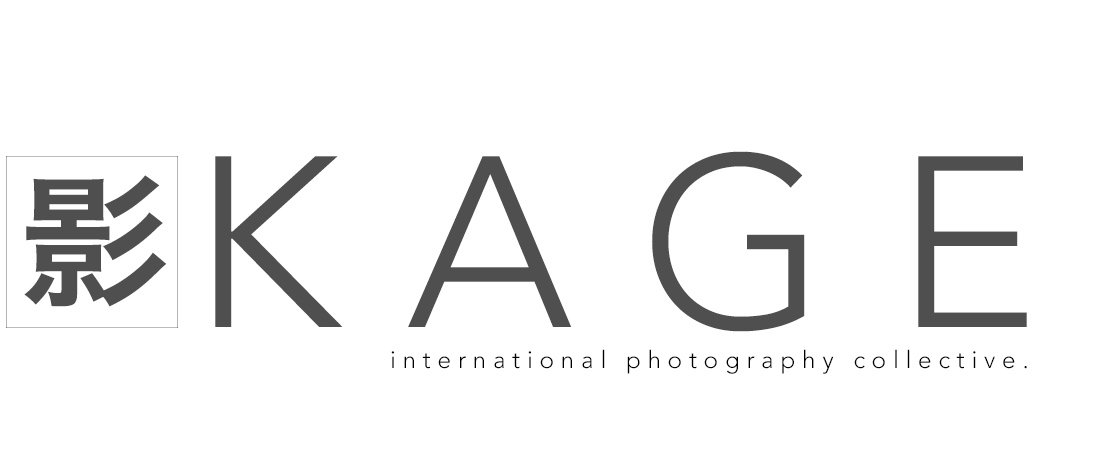Wow.
The first month of our self-declared 'year of publishing' has already come to an end; and I don't know what the others expected, but the number of readers we had for our January edition was - to me, at least - off the charts. So thank you, our viewers & commenters, our Twitterati, our Facebookeristas - we couldn't do this without you.
I'm really proud of this collective, and the work we've gathered together this month. When we put out the January issue, I wondered how on earth we could possibly follow that, improve on it - but I think we have, and then some.
The essays in our second issue revolve around a theme that's very familiar to me; 2016 marks twenty years of my living in another country than where I grew up. The sense of being a stranger in a strange land is one I'm now well acquainted with.
After fifteen years in New Zealand, and now just over three in Australia, it's been a long time since I've had that sense of ease that comes with knowing a place instinctively, naturally understanding the systems at play, knowing you're part of the culture.
To be honest, I do kinda enjoy the fish out of water feeling; but I'm always aware of it. There's always a vague sense that maybe I'm wrong about something, perhaps I'm making assumptions based on how things worked elsewhere; so with that in mind recently, I went looking for others like me.
Well, a bit like me, at least - Kiwis, from my adopted country - but also finding their way, and making a life, here in Australia.
And that's what became our theme for February, as it turns out. Home, and away. Belonging, and not belonging. Searching for the essential nature of a place, and of the people in it.
It's been my pleasure to assemble this month's edition for you; whether you're interested in the technique and tools of what we do, or the people and stories we find out here in the world, I hope there's something you connect with, that surprises you.
So - what are you still doing here? Get reading, and enjoy!
Cheers from Sydney,
Robert Catto





































































































